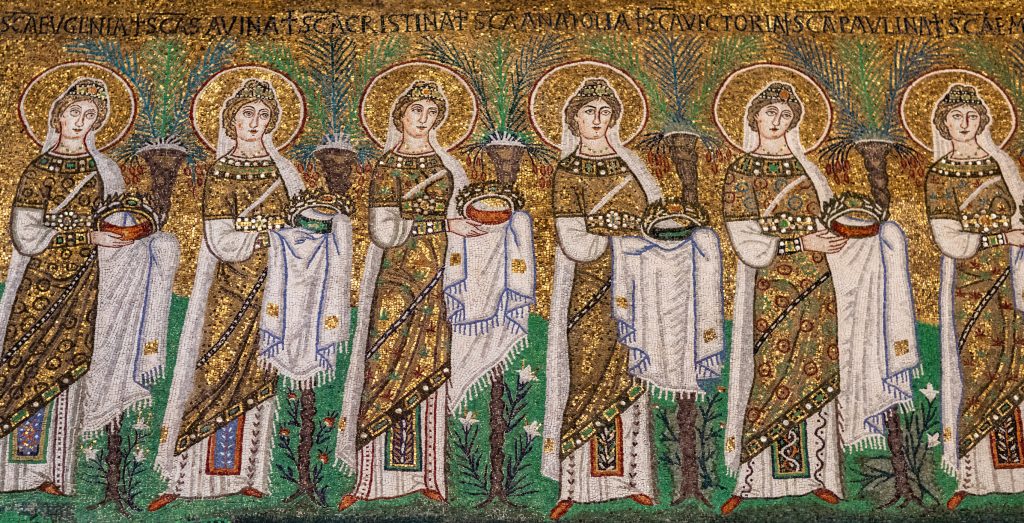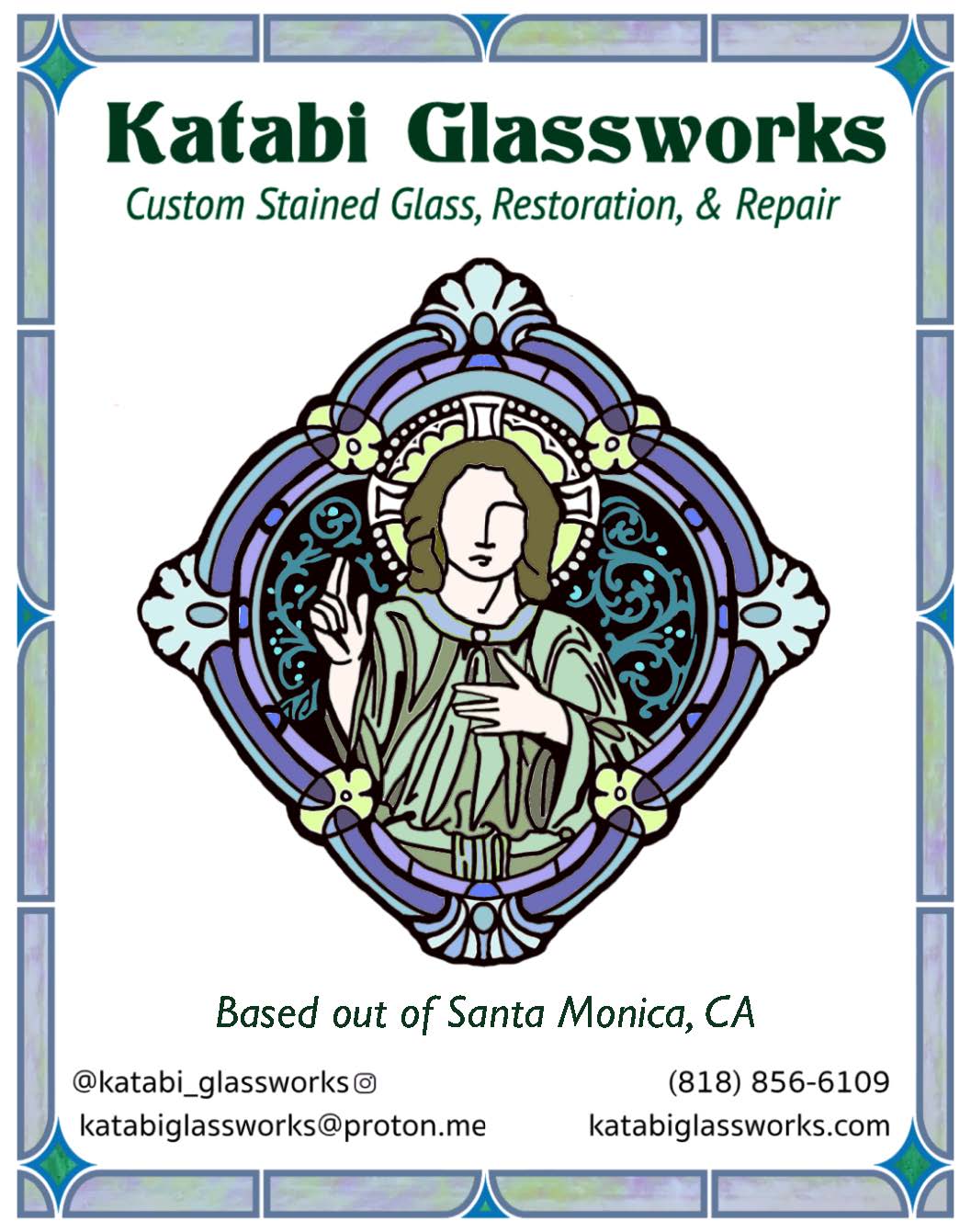The word “deaconess” vanished from the Church’s vocabulary more than a thousand years ago. Now, suddenly, in early 2019, it’s in the news.
On Jan. 15, Fordham University in Bronx, New York, hosted an event titled “The Future of Women Deacons.” A panel discussion there included contributions by two members of the Commission for the Study of the Diaconate of Women, summoned by Pope Francis in 2016, and they were speaking publicly for the first time about the commission’s work.
Three days later, Georgetown University’s Center for Applied Research in the Apostolate (CARA) released the result of its survey of U.S. bishops’ views on the matter.
Major coverage appeared in Catholic media, most of it drawn from the same data, but using the data to reach widely divergent conclusions: that the Church should be ordaining women to the diaconate, or that the Church should not be doing any such thing.
At the heart of the controversy are obscure questions about ancient history.
No one denies that there were women in the early Church called “deaconesses.” St. Paul, at the conclusion of his Letter to the Romans, refers to Phoebe, whom he calls “a deaconess of the Church at Cenchreae,” and asks the Romans to “receive her in the Lord as befits the saints, and help her in whatever she may require from you, for she has been a helper of many and of myself as well” (Romans 16:1-2).
It is the New Testament’s only instance of the term, though some scholars say that the role is implicitly discussed in the First Letter to Timothy, where a discussion of the qualifications of male deacons includes a reference to “The women likewise …” (1 Timothy 3:11).
The term then vanishes from the documentary record for two centuries — though many early Christian writers refer to women fulfilling institutional roles in the Church. St. Ignatius of Antioch and St. Polycarp of Smyrna, both writing at the beginning of the second century, refer to consecrated virgins and widows who are dedicated to prayer and to active charitable work.
St. Paul himself had made reference to virgins and widows, and some scholars believe that he was speaking about these women in his passage about Phoebe and even in First Timothy.
The only other possible reference to women deacons comes in a letter from a pagan. Pliny the Younger, the Roman governor of Bithynia, reports in 112 A.D. that he had arrested and tortured two women he describes as “ministrae,” which can be translated as deaconess. Pliny, however, is not an entirely reliable witness to Christian doctrine or practice.
The term made a strong resurgence in the third and fourth centuries, as local congregations produced “church orders,” books containing instructions for liturgical celebration, moral conduct, and ecclesiastical discipline.
The third-century “Didascalia Apostolorum” (“Teaching of the Apostles”) refers to deaconesses and tells bishops they should honor these women “as the Holy Spirit is honored.” A later chapter describes the activities of deaconesses in some detail. They can, for example, freely visit the homes of women who are sick, without causing scandal.
They also played a major role in the baptism of women. In antiquity, new Christians were baptized naked, and many were baptized as adult converts. Since the clergy were male, deaconesses safeguarded the modesty of women, taking them into the water and completing the anointing that had been ceremonially begun by the bishop.
According to some ancient texts, a screen separated the bishop from the catechumen, and he performed his actions by extending his hand through a small window.
The “Didascalia” offers not Phoebe as a model for these deaconesses, but rather the Gospel women who “ministered to Jesus” (Matthew 27:55). The verb used for “ministered” in that passage is “diakonousai,” the root of the English “deacon,” but it commonly meant service, in a simple, nontechnical sense.
The tasks that the “Didascalia” assigns to deaconesses appear in other Church orders as well, though some texts assign them not to deaconesses, but to consecrated widows.
It is the fourth-century Apostolic Constitutions that have proven most controversial in modern scholarship. The document includes portions of the “Didascalia” as well as other earlier Church orders; and it contains not only a description of the duties of women deacons, but also the text of a rite used for their initiation into the role.
Church orders such as the “Didascalia” and the constitutions were widely translated and circulated, and the texts often include many variants, adapting rites to local customs and circumstances. All of the texts originated in the eastern churches. In the western churches, there is no trace of any deaconesses in the first five centuries of Christian history.
St. Epiphanius of Salamis wrote, around 375 A.D.: “There is certainly in the Church the order of deaconesses, but this does not exist to exercise the functions of a priest, nor are they to have any undertaking committed to them, but for the decency of the feminine sex at the time of baptism.”
Indeed, in the centuries afterward, the role of deaconesses seems to have waned even in the east. The most plausible explanation is that the need had vanished with the decline of adult baptisms. By the turn of the millennium, the term was hardly ever used.
The memory of deaconesses was revived in the 19th and 20th centuries, as some Protestant churches began to explore the possibility of ordaining women to ministry. Lutherans began to use the term with a corresponding office, and Anglicans followed suit.
Catholic scholars took up the question of whether the ancient deaconesses had, like male deacons, been ordained to a degree of holy orders — or simply blessed for service, like lectors, acolytes, and others who assist at liturgy.
The Church’s magisterium remained silent on the matter.
From 1975 to 1994 the Vatican produced three major documents addressing (and rejecting) the admission of women to the priesthood: St. Pope Paul VI’s 1975 letter to the Anglican archbishop of Canterbury; the 1976 declaration “Inter Insigniores” (“Among the Characteristics”) from the Congregation for the Doctrine of the Faith; and St. Pope John Paul II’s apostolic letter “Ordinatio Sacerdotalis” (“Priestly Ordination”).
None of these documents mentioned the diaconate — and the omission seemed to leave the door open for discussion.
In fact, in an official commentary on “Inter Insigniores,” the Vatican said the omission was intentional, because “it is a question which must be taken up fully by direct study of the texts, without preconceived ideas.”
The “direct study” was immediately engaged. Two of the great sacramental theologians of the last century — Bishop Aimé-Georges Martimort and Father Cipriano Vaggagini — published lengthy examinations. But they came down on opposite sides in their answers.
Vaggagini, relying especially on the Apostolic Constitutions, concluded that the deaconess’ rite of admission was sacramental and admitted her to holy orders. Martimort rejected Vaggagini’s reasoning and argued that the rite was merely a blessing and not an ordination.
The question emerged again in 2002 in the Vatican International Theological Commission’s study on the permanent diaconate. Reviewing the usual ancient texts, the document concluded that the evidence is inconclusive. “It is difficult to tackle the question on the basis of historical data alone.”
Indeed, there are also thorny theological questions involved. Theologians have traditionally considered deacons, along with priests and bishops, as occupying three grades on a single continuum.
“The Second Vatican Council treats holy orders this way,” said Father Thomas Weinandy, OFM Cap., a member of the International Theological Commission. “It’s difficult to see how you can ordain women as deacons if you can’t also ordain them as priests — unless you decide that the ordination of a male deacon is not a sacramental action.”

The hierarchy’s foremost expert on the permanent diaconate, Bishop W. Shawn McKnight of Jefferson City, Missouri, agreed. “Right now there are significant theological obstacles that haven’t been addressed,” he told Angelus News.
“The proposal [to ordain women as deacons] calls the unity of holy orders into question. Are bishop, priest, and deacon essentially related and continuous grades? Or is the diaconate something else entirely?”
It was to address such difficulties that Francis established his historical commission in 2016. Among its members was Phyllis Zagano, who teaches religion at Hofstra University and has written several books on the question of women in the diaconate.
Zagano, who advocates the sacramental ordination of women deacons, participated in the January event at Fordham. She said that the commission was not tasked with making recommendations, but simply analyzing the ancient evidence.
She said the matter is now in the hands of Francis, and she is confident he will know the right moment to say something about it.
It’s possible that the academic community has already said what it can say. Dr. Zagano noted that more than 800 studies have been published on the subject in recent times. The ancient texts are ambiguous, and the academics are divided on their meaning.

(CATHOLIC NEWS SERVICE/GREGORY A. SHEMITZ)
McKnight observed: “What we have not established is whether there were ordained female deacons in the early Church — not just in one place, but in the whole Church — and whether ‘deacon’ meant for them what we mean by the word today.” McKnight is the author of “Understanding the Diaconate: Historical, Theological, and Sociological Foundations” (Catholic University of America Press, 2018).
For Weinandy, the answer is to be found in history, but not ancient history. “We can tell the meaning of past actions by the actions that came later,” he told Angelus News. “It seems to me that, if the early Church was actually ordaining women deacons, the practice would have continued. As it is, the role ceased when the need ceased.”
McKnight acknowledged, however, that the Church may need a role today like the role played by deaconesses in the past. “Whatever the status was for women called ‘deacons’ in the early Church, there may be a need for such a role today — to provide a more effective bridge between the shepherds and the flock.”
No one knows the mind of Francis. The CARA study gives a glimpse of the mind of the U.S. bishops. Only a third of the bishops (33 percent) believe the Church should authorize sacramental ordination of women as deacons. Only about a quarter (27 percent) believe that the Church will authorize the sacramental ordination of women as deacons.
McKnight said, in the end, that polls and pressures are not helpful.
“There are those who want to see women ordained deacons right now, and there are those who do not want women to be ordained as deacons. We need to be deliberate. We need to let the historians and theologians do their work. Whatever the Church decides, this needs not to be an ideological push, but a desire of the Holy Spirit.”
As part of our special report on the study into the female diaconate, Angelus News spoke with Sister Sara Butler, MSBT, professor emeritus of dogmatic theology at the University of St. Mary of the Lake in Mundelein, Illinois. You can read her interview with Mike Aquilina here.
Mike Aquilina is a contributing editor for Angelus and author of many books, including “Mothers of the Church: The Witness of Early Christian Women” (2014).
SPECIAL OFFER! 44 issues of Angelus for just $9.95! Get the finest in Catholic journalism with first-rate analysis of the events and trends shaping the Church and the world, plus the practical advice from the world’s best spiritual writers on prayer and Catholic living, along with great features about Catholic life in Los Angeles. Subscribe now!

